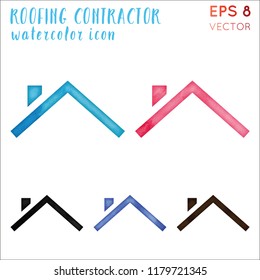Explore The Effect Of Seasonal Aspects On The Effectiveness Of Commercial Outside Painting And Recognize The Optimal Times To Accomplish Enduring Outcomes For Your Project
Explore The Effect Of Seasonal Aspects On The Effectiveness Of Commercial Outside Painting And Recognize The Optimal Times To Accomplish Enduring Outcomes For Your Project
Blog Article
Produced By-Aguilar Chaney
When you're planning a business outside paint task, seasonal aspects can make or break your outcomes. You'll want to think about just how temperature and moisture effect paint application and drying times. Picking the ideal period can guarantee your paint sticks appropriately and lasts longer. But which periods are absolutely the best for this type of work? Let's explore the crucial elements that can affect your task's success.
The Impact of Temperature on Paint Application
When you're planning an industrial exterior paint task, the temperature can substantially impact just how well the paint sticks and dries out.
Preferably, you want to paint when temperatures range between 50 ° F and 85 ° F. If it's also chilly, the paint might not treat effectively, leading to issues like peeling off or fracturing.
On the other hand, if it's as well warm, the paint can dry also quickly, preventing proper bond and resulting in an unequal finish.
You ought to additionally consider the time of day; early morning or late afternoon provides cooler temperatures, which can be extra desirable.
Always inspect the producer's suggestions for the particular paint you're making use of, as they often provide support on the perfect temperature variety for optimum results.
Moisture and Its Impact on Drying Times
Temperature isn't the only environmental aspect that influences your industrial external paint task; humidity plays a significant duty also. High moisture levels can slow down drying out times considerably, impacting the total quality of your paint work.
When the air is filled with dampness, the paint takes longer to cure, which can cause issues like poor attachment and a higher risk of mildew development. If you're painting on an especially damp day, be gotten ready for extended wait times in between coats.
It's important to keep track of regional climate condition and strategy appropriately. Ideally, go for humidity degrees between 40% and 70% for optimum drying.
Keeping these factors in mind guarantees your job stays on track and provides a long-term finish.
Best Seasons for Commercial Outside Paint Projects
What's the most effective time of year for your business external painting tasks?
Springtime and early autumn are generally your best options. Throughout these periods, temperatures are mild, and humidity levels are typically lower, producing excellent problems for paint application and drying out.
Prevent summer season's intense heat, which can cause paint to completely dry as well promptly, leading to poor bond and coating. In a similar way, wintertime's cold temperatures can prevent appropriate drying and curing, risking the longevity of your paint job.
Aim for days with temperatures between 50 ° F and 85 ° F for optimal outcomes. Bear in mind to check the local weather report for rain, as wet problems can wreck your project.
Planning around these elements ensures your painting job runs smoothly and lasts longer.
Verdict
In conclusion, preparing your industrial exterior paint projects around seasonal considerations can make a substantial distinction in the outcome. By organizing job during the excellent temperatures and humidity degrees, you'll make sure better attachment and drying times. source for this article in mind to watch on regional weather report and select the correct time of year-- spring and very early fall are your best bets. Taking these actions will assist you attain a resilient and expert coating that lasts.
